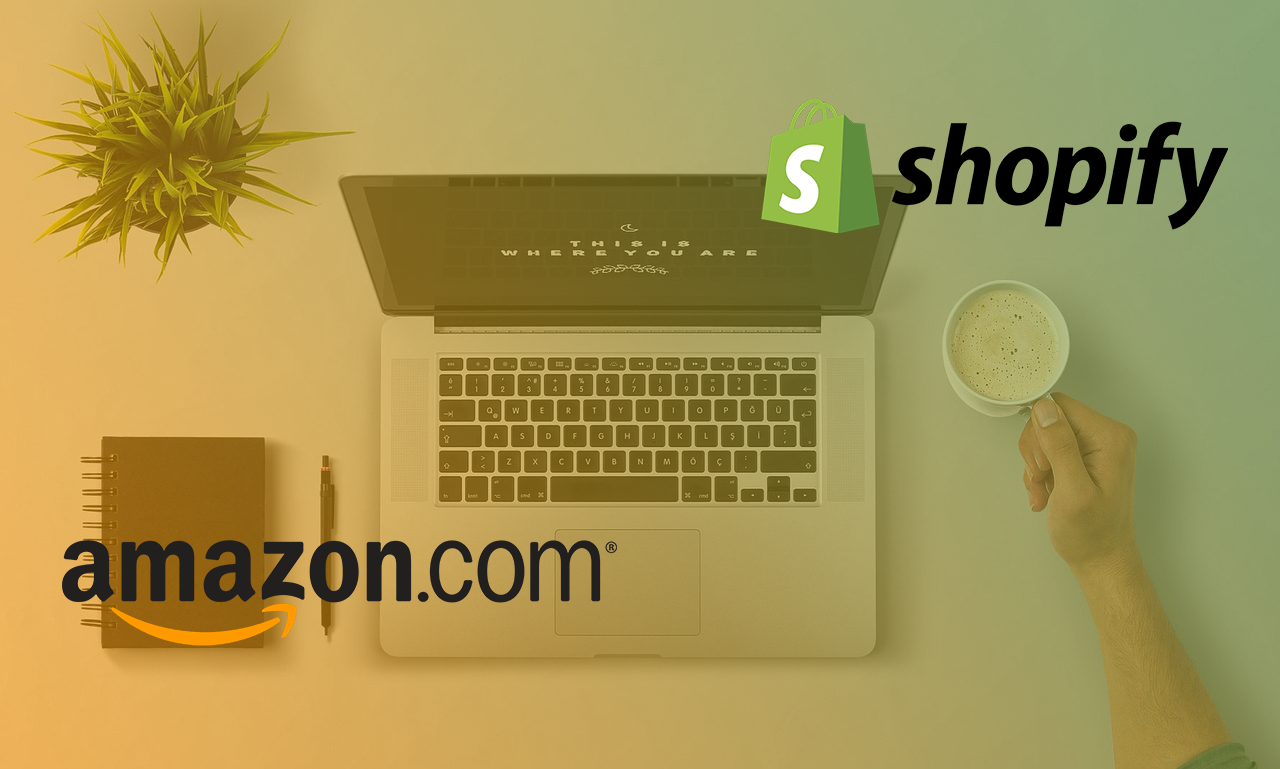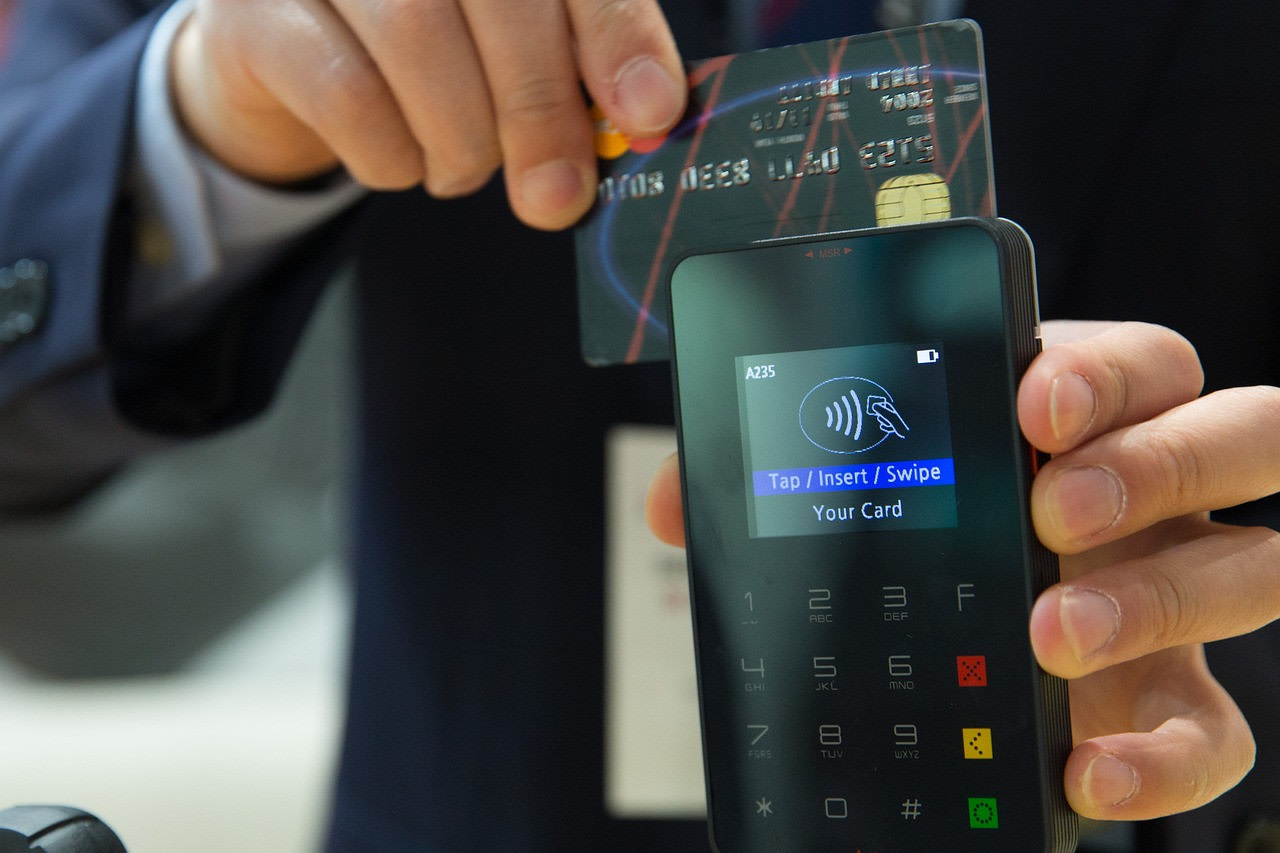The Future of E-Commerce: Upcoming E-Commerce Trends
- E-Commerce
- 4 Mins

How E-Commerce Will Continue to Grow and Change in 2021
A new year means new changes, and 2021 has been seen as the year to truly rewrite the books. Not one to fall behind on trends, Shopify — alongside its other e-commerce competitors — is also looking at quite a bit of change on the horizon. E-commerce is known for its malleable nature, and trends for the year show brands and stores adapting yet again to changes in consumer behavior. Let’s take a look.
The Biggest E-Commerce Trends
Ready to see how the e-commerce space will change? Us too! Here’s a sneak peek of the evolutions we’re likely to see in the year ahead.
Heightened Online Competition
Will shopping enter a renaissance? Or are brick-and-mortar stores likely to fade out in favor of online platforms? Strictly numerically speaking, the growth of online shopping is outpacing physical locations, and some countries’ inability to open up in full due to COVID is only widening this gap. While some believe physical shops are on the chopping block, many are pivoting to a new kind of shopping: one driven by the shopping experience. Stores have shifted from supply centers to embodiments of their brand, providing experiential shopping trips with a focus on the buyer, not what they’re buying. With this in mind, we might see a reduction in the number of brick-and-mortar stores, but they haven’t been rendered obsolete just yet.
Emerging Markets Flourish
When we think of Shopify, its strength is generally regarded as most prominent in Canada, the United States, the United Kingdom, and Ireland. In 2021, this is shifting. Brazil, China, India, Russia, and South Africa: all of these countries have seen significant economic growth in recent quarters. By 2022, three billion buyers from these dubbed “emerging markets” will have internet access — an absolutely insane amount of potential customers. Moreover, an expected 20% of sales in 2022 are set to come from those emerging markets alone. These relatively untapped consumer bases give room for current Shopify brands to expand and new ones to flourish alongside them.
New Consumer Behaviors
Groceries? Home supplies? Health and hygiene must-haves? All of these and more are now sold in abundance online, and consumers have certainly taken notice. The pandemic forced people to stay home and also refocused buyer behavior to favor immediate, convenient offerings. Because online experiences with having everyday goods delivered to our homes seem to be going quite well, it’s safe to say that this trend will stick around for some time. After all, why leave your house when someone can deliver all the ingredients for tonight’s dinner in less than two hours for free?
Shipping Comes First
67% of American consumers expect delivery within two days, and an overwhelming majority of consumers in the United States, United Kingdom, China, Germany, France, and Japan reported that free shipping is a determining factor in if they buy from a brand. Of course, this doesn’t mean offering blanket-statement free shipping; over 60% of customers will check the free-shipping threshold before shopping, and often increase their AOV to meet it. Despite this, the number of Shopify brands that offer free shipping has only increased by a mere 5.3% since the pandemic first began. Lastly, there’s been an increased focus on sustainable packaging. Three-quarters of Shopify users globally want and are more likely to buy from brands that use sustainable packaging.
The Challenges of Brand Building
Brand loyalty is, generally speaking, hitting a bit of a low. Consumers are more concerned with what they’re buying than who they’re buying it from. For this reason, building a brand is especially tough during times like these. The good news is, it’s not too difficult to be the go-to brand for shoppers without a set store in mind. Customers are becoming increasingly aware of consumerism’s effects on the planet, and are opting for socially-conscious brands with eco-friendly products. Even better, customers are actually willing to pay slightly more for products with a purpose — so leaning into the trend is a good idea.
The Growth of B2B
For those unfamiliar, companies are often divided into two categories: B2B and B2C. B2C stands for business-to-consumer and describes companies where the product is sold directly to customers. B2B, or business-to-business, on the other hand, makes commercial transactions and sells products to other companies. Historically, B2C has dominated online retail. This year? Not so much. B2C sales are exploding, set to grow by over five billion dollars this year. You’re likely to see this growth most in SaaS and technology sectors, especially for tools that automate businesses and help make them more profitable.
Take on Trends With Radiant
As always, the growth that goes with Shopify is nothing but exciting to us over here at Radiant. We see each new consumer behavior as a chance to re-analyse and optimise the functionality of our clients’ sites. We’ve helped dozens of brands reach new heights with the help of our customised designs and growth partnerships. To take advantage of all Shopify Plus has to offer for growing brands, get in touch with our team of experts today!




















